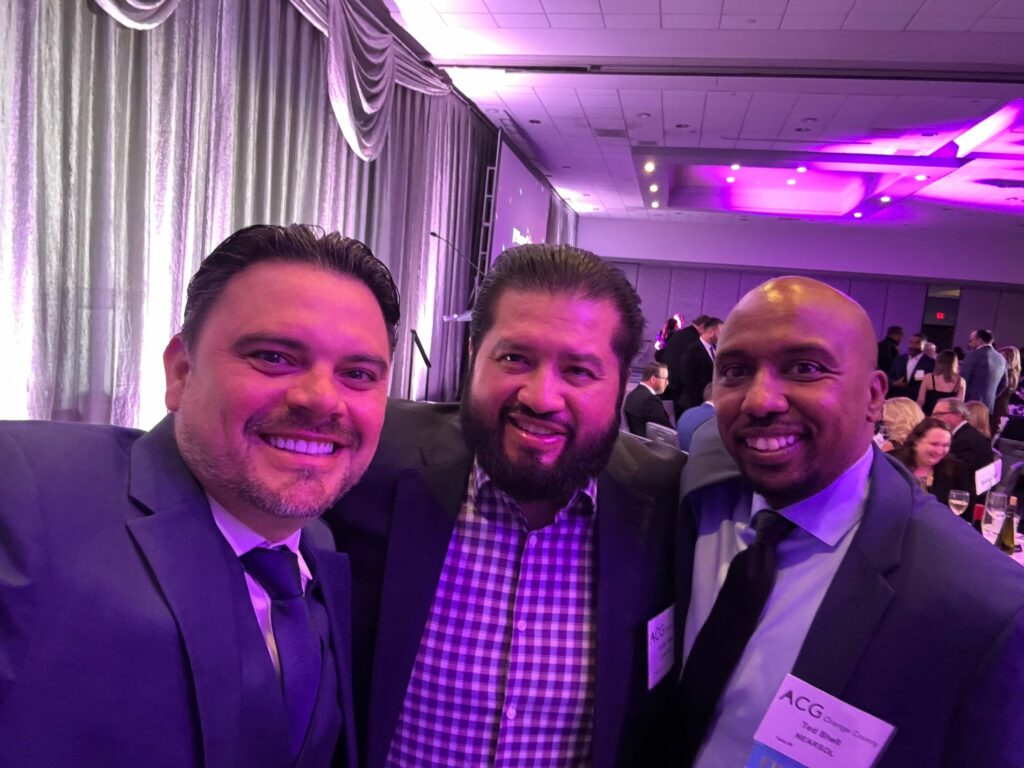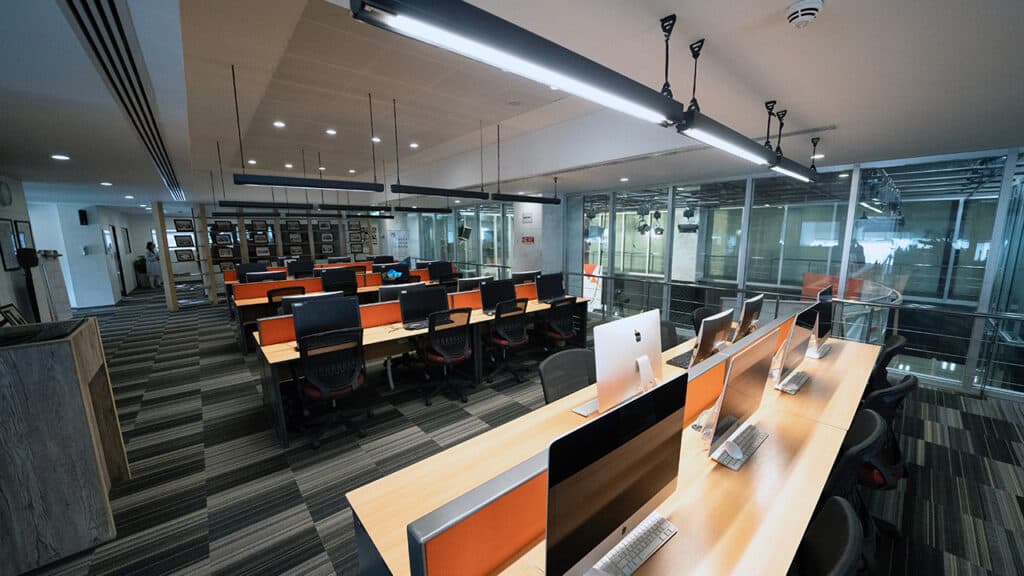Since I entered this industry, I have always argued that a great employee experience is essential for the customer experience. Any leader will argue that it’s important to look after their team, but I believe that this is even more vital when your team members are representing your client brands.
The companies that come to Nearsol and ask us to manage their customer service processes are placing a lot of trust in us. It’s our team that becomes the face and voice of their brand. That’s quite a responsibility, and we know it.
Just imagine if our team were not engaged and were sitting at work watching the clock and just hoping their shift could be over. How would that come across to the customers they are speaking with? I think the result would be obvious and as customer satisfaction declines, I would be receiving calls from the client asking what’s going on?
That doesn’t happen because we focus on our team. On finding the right people with the right attitude and then training them and offering them support so they know we are always ready to offer support.
But 2020 and 2021 have been unusual years. In my lifetime I have never seen a global pandemic that has impacted our lives in this way. Lockdowns, quarantine, and stay-at-home orders that were unthinkable in 2019 have become a reality. Who could have imagined that it would be impossible to even go to work?
Working from home has become a reality, not just in customer service, but across every professional knowledge-based industry where it’s possible to perform work using a networked computer at home. We have been fortunate that in our industry it has been possible to pivot to a new type of operating model, but there is much more to these changes than just the technical aspects of setting up laptops and network connections.
People need to be reassured that their job is secure. People need to find new ways to communicate and socialize. Managers need to understand that they can no longer manage people in the same way they would if they were all sitting at the same office together in-person.
There are a dramatic number of communication and cultural changes that we have had to undergo to ensure that this remote and distributed working pattern can function well. We have largely succeeded because of some heroic efforts by team members, but it has required a new approach to work that was not anticipated at the start of this year.
I like this analysis published in Forbes because it explores small, incremental changes that managers can apply to the working environment. Often it’s just about how to build a more inclusive and collegiate team. It is much more difficult to enforce a strict hierarchy with a distributed workforce – if your team only works hard because a manager is standing next to them then you might need to work on your company culture.
One of the subtle differences is in communicating expectations and targets. Managers do this all the time right? It’s true that they do, but in the office environment it is more easily repeated and reinforced. When workers are distributed they need much more clarity about expectations – you need to be more communicative and more explicit about what the team needs to do. This helps everyone because it’s easy for remote workers to feel forgotten if they are only ever included in a weekly meeting and nothing else.
Saying ‘thank you’ more often is one of the key tips that I remind people of. I’m thankful that our industry and company could adapt to this challenge and I’m grateful to the team members who made it happen in the middle of a crisis – and now they continue to make it happen by adjusting the way we work to embrace this new normal.





